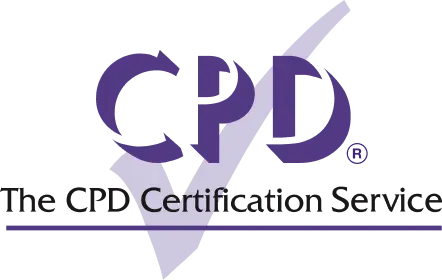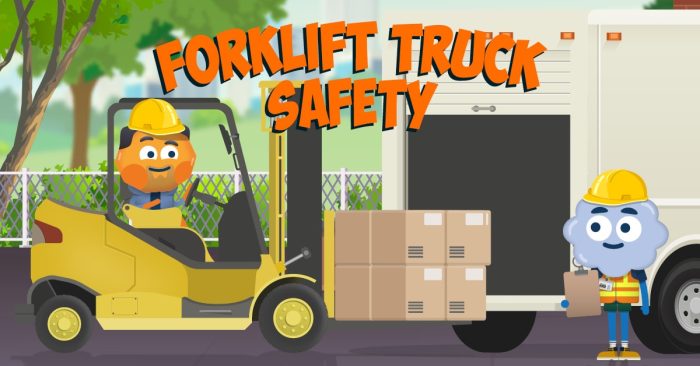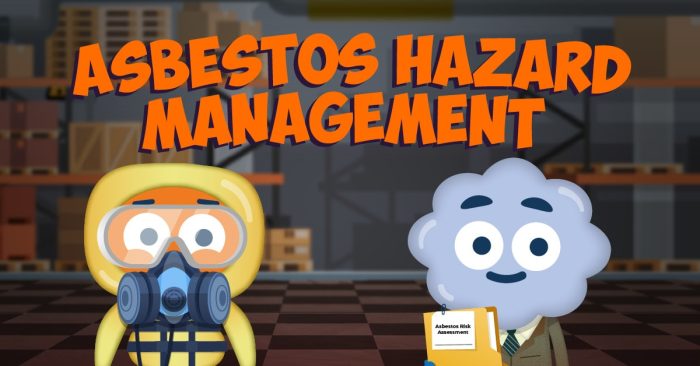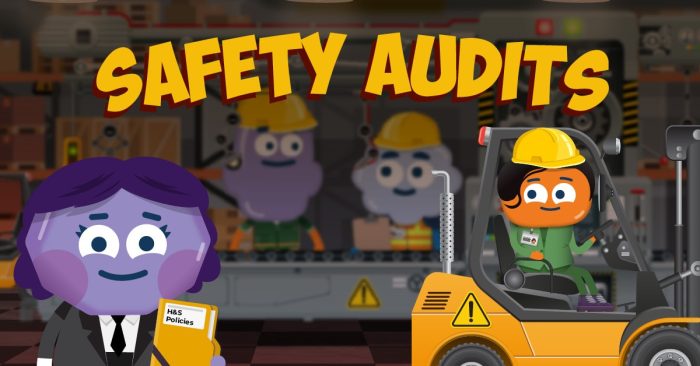Hazard Communication
Train your managers on hazard communication. Show them how to develop a hazard communication program in your workplace with this course.

Course overview
Have you ever found a can of “unknown substance” at the back of your garage? The kind where the label disintegrated decades ago? To deal with it, you take the best course of action you know: leave it on the shelf where you found it, because even though you’re pretty sure it’s safe, it might be dangerous.
While this temporary solution may work at home, dealing with chemicals in the workplace must be taken a lot more seriously. Handled incorrectly, chemicals can cause fire, property damage, serious injury, or worse. So, OSHA, the Occupational Safety and Health Administration, has designed a set of regulations and procedures that businesses using chemicals must follow: Hazard Communication, or HazCom for short.
What’s covered
- How hazardous chemicals must be labeled, and employer responsibilities around labeling
- The requirements for data safety sheets under HazCom
- Best practice to help develop a hazard communication program in your workplace
Why your teams need this course
It’s an employer’s responsibility to warn employees of the potential dangers of chemicals they work with, to keep them safe, and to stay OSHA-compliant. For leaders, managers, and health and safety managers, this course will examine the basics of HazCom. It’ll also give them some best-practice advice for creating an effective hazard communication program.


Accredited by CPD
TalentLibrary is recognized as reaching the standards and benchmarks required by the Continuing Professional Development (CPD) Certification Service.
The CPD Certification Service is the world’s leading and largest independent accreditation organization for professional development courses across all industry sectors.



